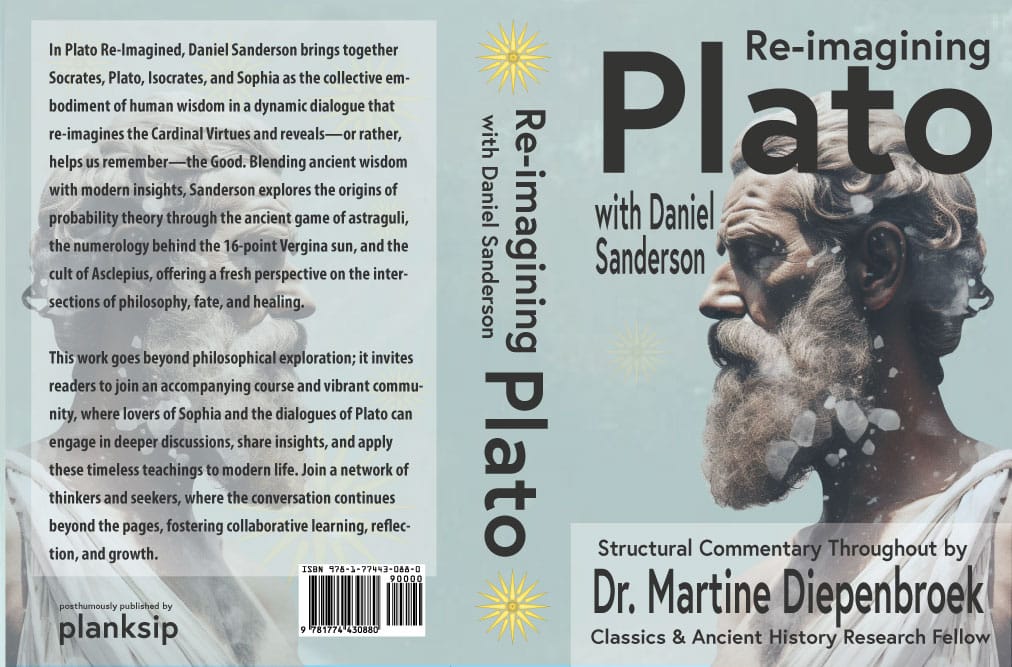The Evolution of E-commerce: From Brick-and-Mortar to Digital Storefronts
In the annals of human progress, few developments have had as profound an impact on commerce and consumption as the emergence of e-commerce. This revolutionary transformation, which has seen the displacement of brick-and-mortar establishments by digital storefronts, represents a shift of seismic proportions in our economic landscape. First, however, we must approach this subject matter critically, challenging the prevailing notions and exploring the historical context that has shaped this evolving phenomenon.

E-Commerce and the Demise of the Physical Emporium:
The transition from traditional brick-and-mortar stores to digital storefronts is often hailed as a meaningful step forward, leaving a trail of nostalgia and obsolescence. Advocates argue that e-commerce has democratized the marketplace, providing consumers with unprecedented convenience and access to various products. However, this rosy depiction often obscures the nuanced realities of this transition.
While it is true that e-commerce has offered certain benefits, such as reduced overhead costs and the elimination of geographical limitations, it has also engendered a sense of depersonalization and alienation. In digital storefronts, the personalized interactions and sensory experiences that characterized traditional brick-and-mortar establishments have been relegated to distant memories.
Historical Parallels: The Industrial Revolution:
To fully grasp the significance of this transformation, we must delve into history and draw comparisons with the Industrial Revolution. Just as mechanization and mass production reshaped the economic landscape of the 18th and 19th centuries, e-commerce represents a technological leap that has irrevocably altered how we transact and consume.
For all its triumphs, the Industrial Revolution had its share of consequences. It disrupted established trades, displaced workers, and disrupted traditional social structures. Similarly, e-commerce has had far-reaching implications for employment, local economies, and social dynamics. While the benefits cannot be denied, we must not overlook the profound disruptions and inequalities it has introduced.

The Human Element in Commerce:
In extolling the virtues of e-commerce, one often hears claims about its efficiency and speed. Yet, it is crucial to recognize that efficiency should not be the sole measure of progress. The notion of commerce encompasses a human dimension—an interaction between buyer and seller that extends beyond the mere transfer of goods.
The disappearance of the physical emporium, with its inviting storefronts and knowledgeable salespeople, signifies the loss of a certain intangible charm. Instead, we are left with a sterile, transactional environment where algorithms and impersonal notifications reign supreme. In its relentless pursuit of convenience, E-commerce risks stripping away the art of persuasion and the cultivation of genuine human connections.
The Need for Adaptation and Reconciliation:
The debate surrounding e-commerce is not outright rejection but rather an invitation to recalibrate our priorities and find a balance between the virtual and the tangible. The advent of digital storefronts presents an opportunity for reimagining the physical space and fostering innovation in the realm of customer experiences.
We must encourage a more holistic approach that embraces the strengths of both brick-and-mortar establishments and e-commerce. The physical store can be transformed into a space for immersive experiences, nurturing a sense of community and connection. Simultaneously, e-commerce platforms can be tailored to prioritize user engagement and human-centred design, bridging the gap between convenience and personalization.

Conclusion:
The evolution of e-commerce from brick-and-mortar to digital storefronts is a complex and multifaceted transformation. While it has undoubtedly reshaped the way we engage in commerce, we must not be blind to the unintended consequences accompanying this shift.
As we move forward, it is imperative that we critically evaluate the prevailing narratives and challenge the conventional wisdom. By drawing upon historical parallels and recognizing the importance of the human element in commerce, we can strive to reconcile the benefits of e-commerce with the richness of the physical retail experience.
Let us not succumb to the lure of unmitigated convenience but instead cultivate a more thoughtful and nuanced approach that preserves the essence of commerce while embracing the possibilities offered by digital innovation. Only then can we ensure that the evolution of e-commerce is a transformative force that enriches our lives rather than diminishes them.

Plato Re-Imagined
This course offers 32 comprehensive lectures exploring most of Plato's dialogues. These lectures guide students toward a consilient understanding of the divine—a concept that harmonizes knowledge across disciplines and resonates with secular and religious leaders. As a bonus, Lecture #33 focuses on consilience, demonstrating how different fields of knowledge can converge to form a unified understanding.






